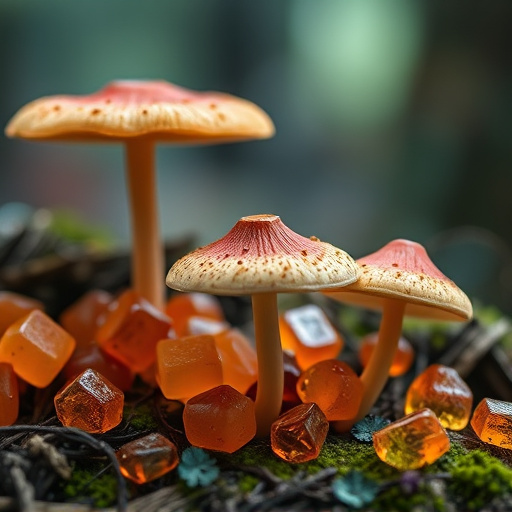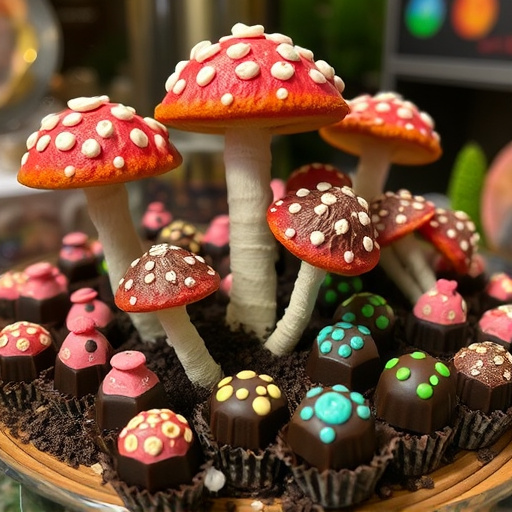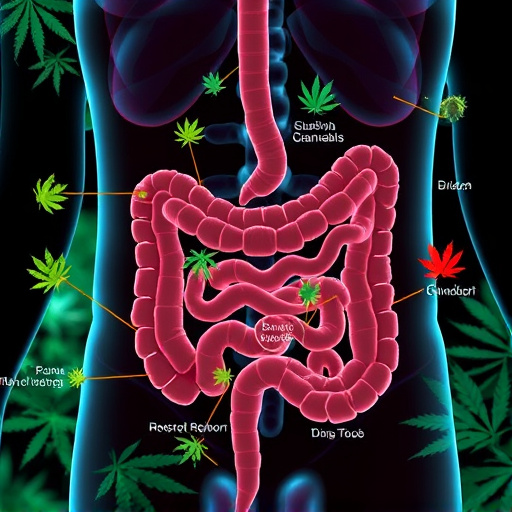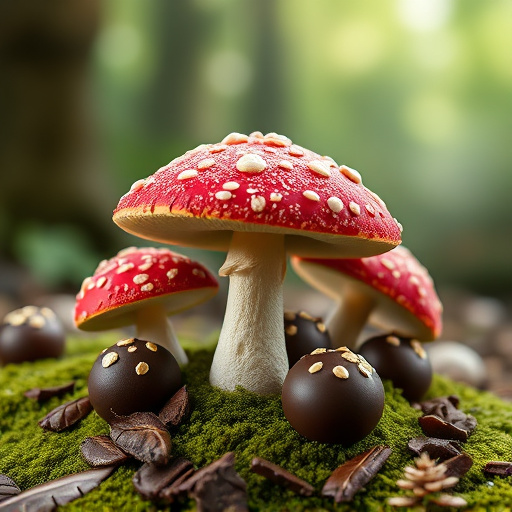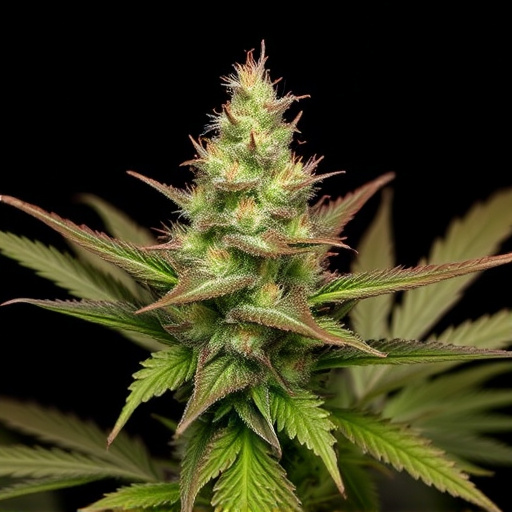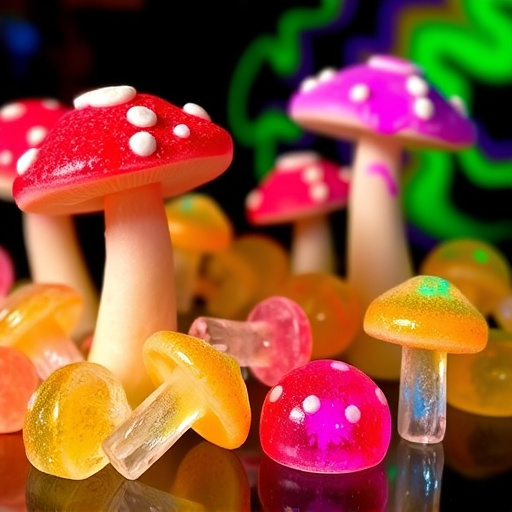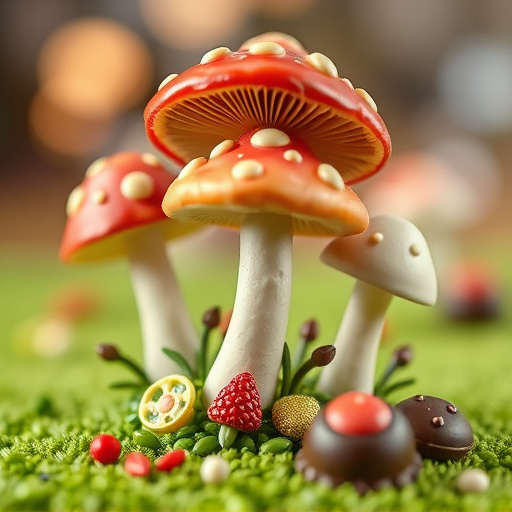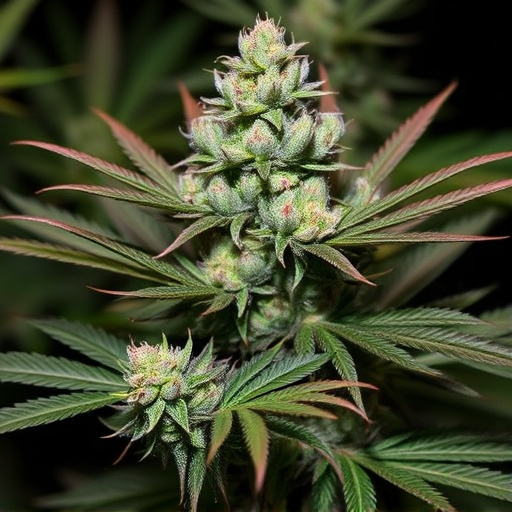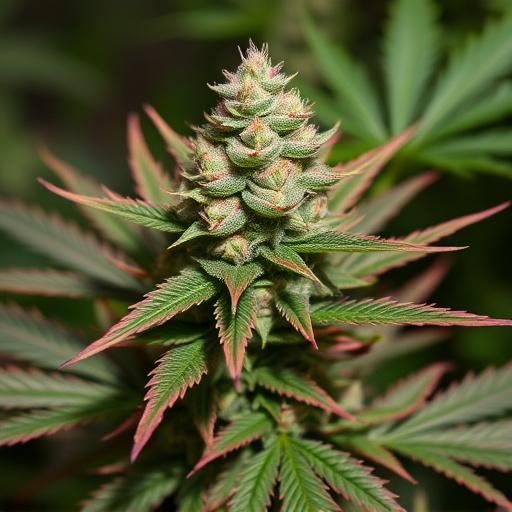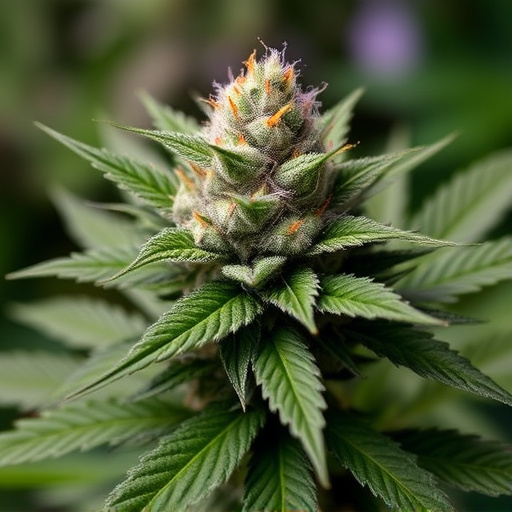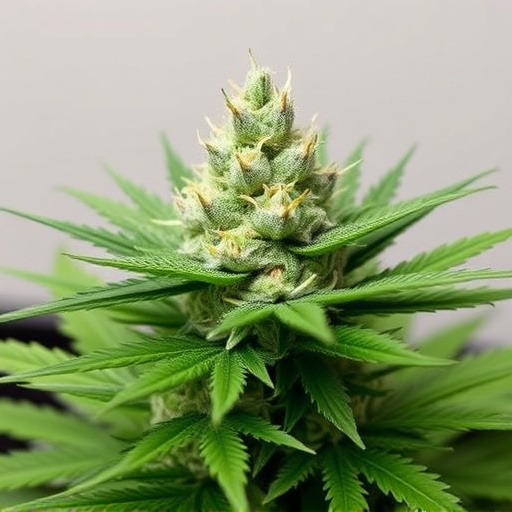Cannabis flowers' unique colors, from blue to red, are driven by scientific processes, including anthocyanin production triggered by environmental cues. These anthocyanins influence strain quality and therapeutic potential. Cultivators control conditions like sunlight, temperature, and soil health to create top-shelf strains with specific pigmentations and potent chemical compositions, enhancing the consumer experience. Deep purples, blues, oranges, and yellows in top-shelf strains indicate desired cannabinoids and flavonoids, making them highly sought-after in the market.
Discover the captivating transformation of cannabis flowers, as their vibrant hues reveal intricate secrets. This article explores the intriguing factors behind the color change in top shelf cannabis strains. From the science of pigmentation and chemical compositions, to environmental influences and climate impacts—unraveling these mysteries offers a deeper understanding of nature’s artistry. Learn how specific conditions shape the desired characteristics of these flowers, making them highly sought after by enthusiasts.
- The Science Behind Cannabis Pigmentation: Understanding the Chemical Composition
- Environmental Factors: How Climate and Conditions Impact Flower Color
- Top Shelf Strains: Analyzing Color Variations and Desired Characteristics
The Science Behind Cannabis Pigmentation: Understanding the Chemical Composition
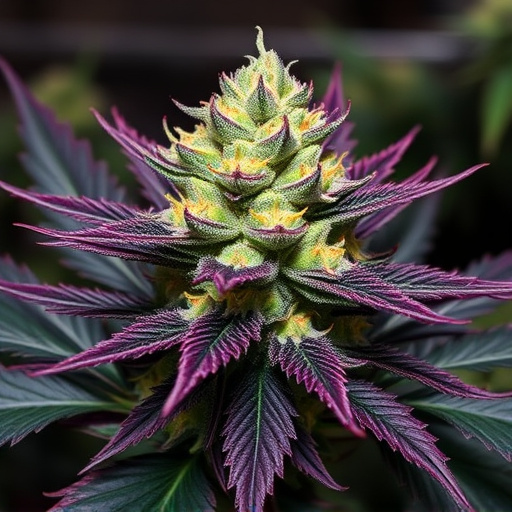
The science behind cannabis pigmentation is a fascinating aspect of its overall composition, offering insights into why different strains exhibit a wide range of colors. Cannabis flowers change color during their final stages of development due to shifts in chemical compounds, primarily those responsible for their distinct flavors and effects. The vibrant hues—from deep blues and purples to rich oranges and reds—are the result of pigments called anthocyanins, which are produced as a response to environmental stimuli, such as light exposure and stress.
These anthocyanins belong to a class of chemical compounds known as phenolics, which contribute significantly to the overall quality and characteristics of top shelf cannabis strains. The complex interplay between these chemicals determines not only the visual appeal but also the therapeutic benefits sought by consumers. Understanding this process allows cultivators to manipulate environmental factors and genetic traits to produce flowers with specific colors and potent chemical profiles, enhancing the overall experience for cannabis enthusiasts.
Environmental Factors: How Climate and Conditions Impact Flower Color
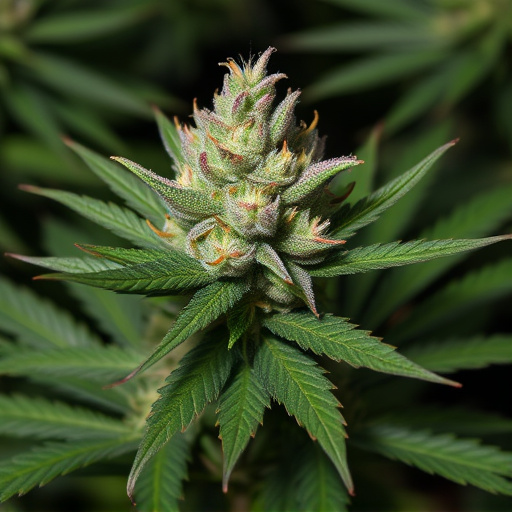
The journey from seedling to flowering is a complex process, and environmental factors play a significant role in shaping the final appearance of cannabis flowers. Climate and growing conditions can profoundly impact the color palette of top shelf cannabis strains, turning them into visual masterpieces. For instance, outdoor growers often witness variations in hue due to sunlight exposure; intense UV rays can enhance yellow and orange pigments, creating vibrant, eye-catching blooms. Conversely, cooler temperatures can delay the flowering process, allowing more time for chlorophyll development, which contributes to the lush green hues associated with many strains.
Moreover, soil composition and nutrient availability are crucial factors. Well-fed plants with balanced pH levels tend to display richer colors. Certain nutrients stimulate the production of specific pigments; for example, nitrogen promotes chlorophyll synthesis, while potassium and magnesium can enhance the development of reds and purples. Skilled cultivators manipulate these elements to breed top shelf cannabis strains that not only offer exceptional potency but also delight the eyes with their stunning floral displays.
Top Shelf Strains: Analyzing Color Variations and Desired Characteristics
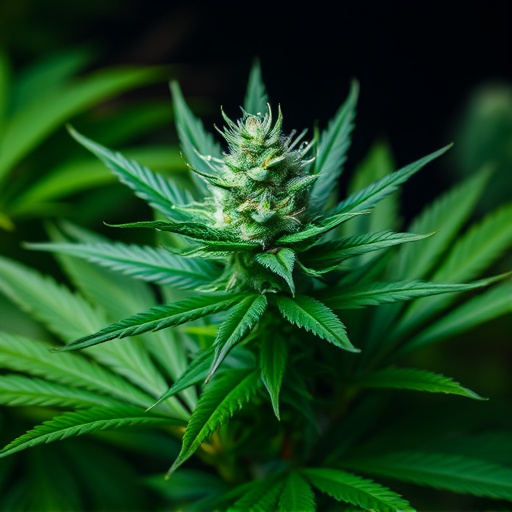
Top-shelf cannabis strains are renowned for their diverse and vibrant color profiles, each offering unique visual characteristics that contribute to the overall user experience. The color variations in cannabis flowers can provide valuable insights into the plant’s composition and potential effects. Growers carefully cultivate these strains, selecting specific genetic lines and environmental factors to encourage desirable color attributes.
The desired characteristics of top-shelf strains often include rich, saturated hues and well-defined color layers. For instance, some varieties showcase deep purple or blue tones, achieved through the presence of cannabinoids like THC and CBD, as well as flavonoids that contribute to antioxidants and potential therapeutic benefits. Other strains may display vibrant oranges or yellows, resulting from carotenoids, which not only add visual appeal but also have anti-inflammatory properties. These color differences can be attributed to genetic diversity and environmental influences, making each top-shelf strain a unique and sought-after offering in the cannabis market.
Cannabis flower color changes are a fascinating result of intricate chemical interactions and environmental influences. Understanding the science behind pigmentation, along with the impact of climate and specific strain characteristics, is key to appreciating the diverse range of colors in top shelf cannabis strains. These variations not only contribute to the visual appeal but also offer unique experiences for consumers, making the exploration of different flower hues an exciting aspect of the cannabis industry.

